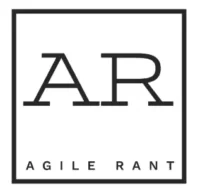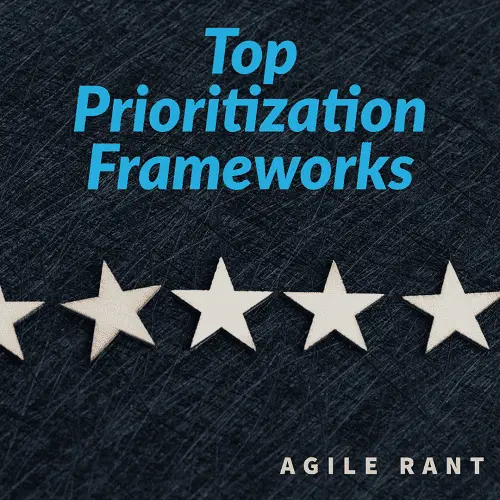How to use Lean to your benefit. First, know what Lean is. Lean development is a product development methodology that aims to reduce waste and increase efficiency by focusing on delivering value to customers.
Lean ideas and practices can help teams to strip away wasteful working habits and processes. By cutting away the unnecessary, you spend less to get more. Spend less time, money, effort and other resources. All to get the same value. Thus improving said value. If asking about using Lean, here are some tips on how to use lean development to your benefit:
Identify Customer Needs
Identify Customer Needs is the first step in lean development is to identify customer needs. This involves gathering feedback from customers, understanding their pain points, and identifying what they value most.
Especially when customers are the ones paying for your products. You can’t deliver products of value without meeting customer needs. Thus making that identification and understanding of customer needs so very important.
Create a Minimal Viable Product (MVP)
Once you have identified customer needs, create a minimal viable product (MVP) that meets those needs. An MVP is a basic version of your product that allows you to test the market and gather feedback without investing too much time or resources.
Test and Iterate
Test your MVP with a small group of customers and gather feedback. Use this feedback to iterate and improve your product. Repeat this process until you have a product that meets customer needs and is ready for market.
Prioritize, prioritize, prioritize
Prioritize Features in lean development, it’s important to prioritize features based on customer needs and value. Focus on the features that provide the most value to customers and avoid spending time on features that are not essential.
This is an often looked failure in work. As we wish to do so much and to do it all well. We often don’t prioritize work. Truly creating a priority of items. As true prioritization often means setting down work, which is something that can be difficult for some teams and team members to accept.
How to Use Lean – Embrace Continuous Improvement
Continuous improvement is a key principle of lean development. Continuously gather feedback from customers, identify areas for improvement, and make changes to your product. This will help you stay competitive and meet changing customer needs.
Keep it Simple
Simplicity is a key principle of lean development. Focus on delivering value to customers with the fewest possible features, and avoid adding complexity that may confuse or frustrate customers.
Collaborate with Customers
Collaborate with customers throughout the development process. Involve them in product design, testing, and feedback. This will help you better understand their needs and create a product that meets their expectations.
How to use Lean – Measure Progress
Measure progress using key performance indicators (KPIs). Track metrics such as customer satisfaction, revenue, and user engagement. Use this data to make informed decisions and prioritize your product roadmap.
In conclusion, lean development can help you create a product that meets customer needs, reduces waste, and increases efficiency. To use lean development to your benefit, identify customer needs, create an MVP, test and iterate, prioritize features, embrace continuous improvement, keep it simple, collaborate with customers, and measure progress. By following these principles, you can create a product that provides value to customers and is ready for market in a timely and efficient manner.
Additional reading after you check out how to use lean
After these ideas that help learn how to use lean, check out additional practices and frameworks to help even further.



